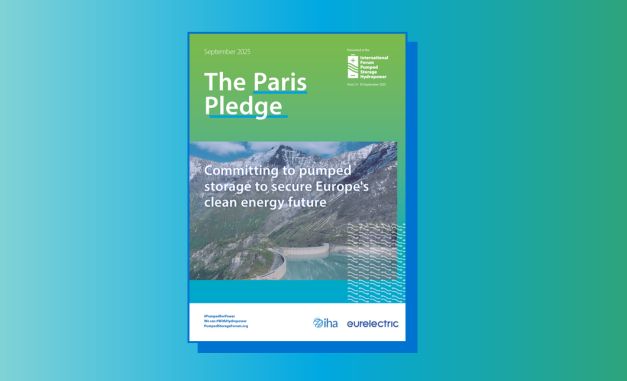24 May 2018
The 2018 Hydropower Status Report offers insights and trends on the hydropower sector.
Now in its fifth edition, the report provides information and statistics on installed capacity and estimated generation by country and by region, articles by leading energy and environment ministers, and results of a sector-wide survey on the future of hydropower.
Key findings:
- A record 4,185 terawatt hours (TWh) in electricity was generated from hydropower in 2017, avoiding up to 4 billion tonnes of greenhouse gases as well as harmful pollutants.
- Worldwide hydropower installed capacity rose to 1,267 gigawatts (GW) in 2017, including 153 GW of pumped storage. During the year, 21.9 GW of capacity was added including 3.2 GW of pumped storage.
- Growth was fastest in East Asia and the Pacific, with 9.8 GW of capacity added in 2017, followed by South America (4.1 GW), South and Central Asia (3.3 GW), Europe (2.3 GW), Africa (1.9 GW) and North and Central America (0.5 GW).
- China is the world’s largest producer of hydropower, and accounted for nearly half of global added installed capacity, at 9.1 GW. It was followed by Brazil (3.4 GW), India (1.9 GW), Portugal (1.1 GW) and Angola (1.0 GW).
- 58.4 per cent of surveyed hydropower decision-makers and professionals expect to expand their company's installed capacity in the next three years, while 51.7 per cent of respondents expect to increase investments in hydropower over the next three years.
A clean source of electricity
The report publishes findings from a study of the greenhouse gas footprint of 500 large hydropower reservoirs. The research used a new tool to assess net emissions and found hydropower’s median emissions intensity to be just 18.5 gCO2-eq/kWh.
By generating electricity from hydropower instead of coal, in 2017 the world prevented up to 4 billion tonnes of greenhouse gases – and avoided a 10 per cent rise in global emissions from fossil fuels and industry. It also avoided 148 million tonnes of air polluting particulates, 62 million tonnes of sulphur dioxide, and 8 million tonnes of nitrogen oxide from being emitted.
Contributions from policy-makers
Leading energy and environment ministers from Australia, Ethiopia, Sarawak, Malaysia, and Scotland, UK, have contributed to the 2018 report, explaining how investment in hydropower is supporting national development priorities and the clean energy transition:
- Australia - Minister for the Environment and Energy, Hon Josh Frydenberg MP
- Ethiopia - Minister of Water, Irrigation and Electricity, Hon Seleshi Bekele
- Sarawak, Malaysia - Chief Minister Yab Datuk Patinggi Dr Abang Haji Abdul Rahman Zohari Bin Tun Datuk Abang Haji Openg
- Scotland, United Kingdom - Minister for Business, Innovation and Energy, Paul Wheelhouse MSP
Media enquiries
Media requests should be directed to communications@hydropower.org
Infographics
Download infographics from the report here: www.hydropower.org/keyfacts2018











